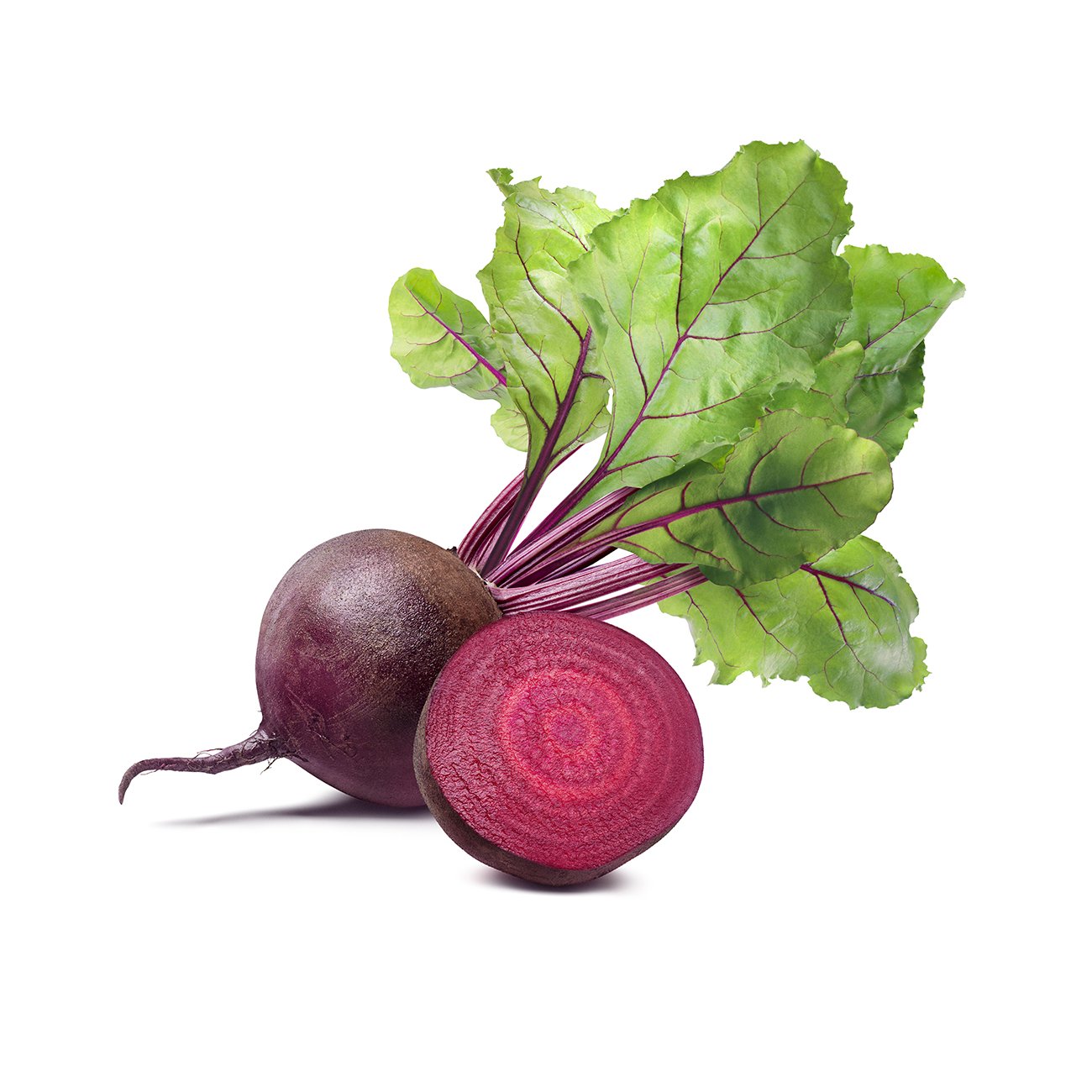Choko
Sometimes known as an alligator pear, but tastes more like squash.
Alternative Name
Chayote, cho-cho, christophene, chuchu, mango squash, mirliton, pear squash, vegetable pear
Scientific Name
Sechium edule
Health benefits
Chokos are a native of Central America and are a pear-shaped green vegetable with coarse wrinkles. They grow on a vine and have a single soft seed, and pear-textured pale green flesh. Colours range from green to ivory white. They have a very mild flavour, often compared to marrow.
-
Harvesting
Choko may be harvested at a very immature stage before seeds begin to enlarge and harden. Quality is based on uniform shape, tenderness of rind and internal tissue, overall firmness, a glossy skin colour, and an intact well-trimmed stem portion. Freedom from growth or handling defects (discolouration, cuts bruises, abrasions, pitting), freedom from decay and an absence of yellowing on dark green varieties are other indices of quality.Postharvest storage temperature
Ideally, chokos are not stored for longer than 10 days at 5–10°C. Storage at below 5°C for more than 3–4 days will generally result in chilling injury. Visual and sensory quality deteriorates and surface pitting and discolouration or browning occurs. Shrivelling, yellowing and decay are likely to increase following storage beyond two weeks. Varieties vary in their chilling sensitivity.Controlled atmosphere storage
Controlled or modified atmosphere storage or shipping offers little benefit to quality maintenance. Low O2 levels (3–5%) delay yellowing in dark green varieties and delay the onset of decay by a few days. Zucchini tolerates elevated CO2 (less than or equal to 10%) but storage life is not greatly extended. Elevated CO2 (greater than or equal to 5%) has been reported to reduce chilling sensitivity in zucchini.Ethylene sensitivity
Summer squash varieties are low to moderately sensitive to exogenous ethylene. Accelerated yellowing of green types will result from low levels of ethylene during distribution and short-term storage.Humidity storage
Water loss is a serious and common postharvest problem for summer squash. Once harvested from the vine, loss of firmness and shriveling develop very rapidly unless cooled to the proper short-term storage temperatures. Fruit should be stored at 95% relative humidity.Disease & infection
Diseases are an important source of postharvest loss, particularly in combination with physical injury or chilling stress. A range of bacterial and fungal pathogens cause postharvest losses in transit, storage, and to the consumer. Alternaria alternata, Colletotrichum spp. (Anthracnose), Bacterial Rots, Cladosporium Scab, Pythium Cottony Leak, Didymella Black Rot, and Rhizopus Soft Rot are common disorders on summer squash like Zucchini. -
Peel and remove seeds before use. Keep in vegetable drawer of fridge in air tight container.

You might also like
Veggy tip
If you are boiling or steaming chokos, leave the skin on to retain flavour and nutrients. Large chokos should be peeled before cooking.




